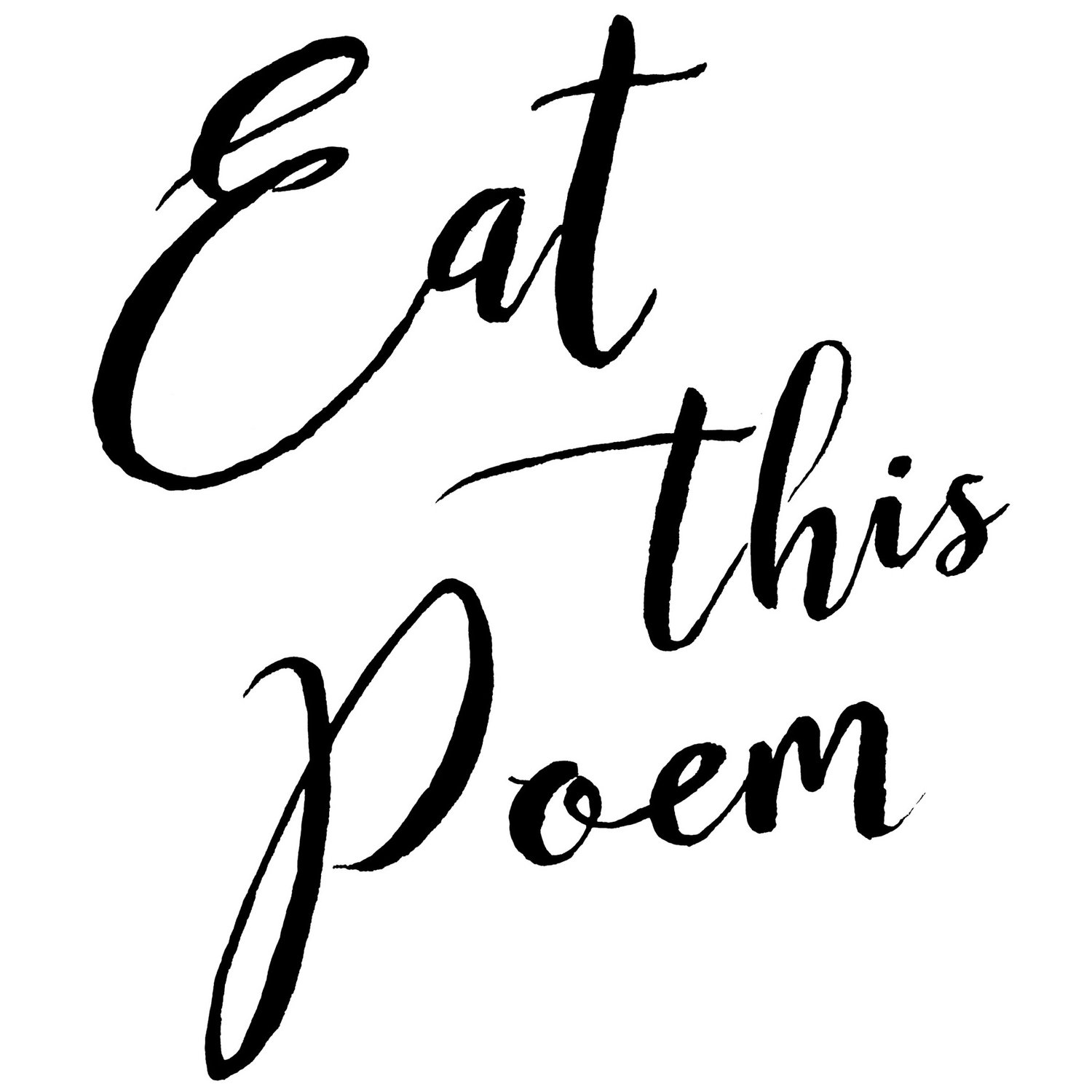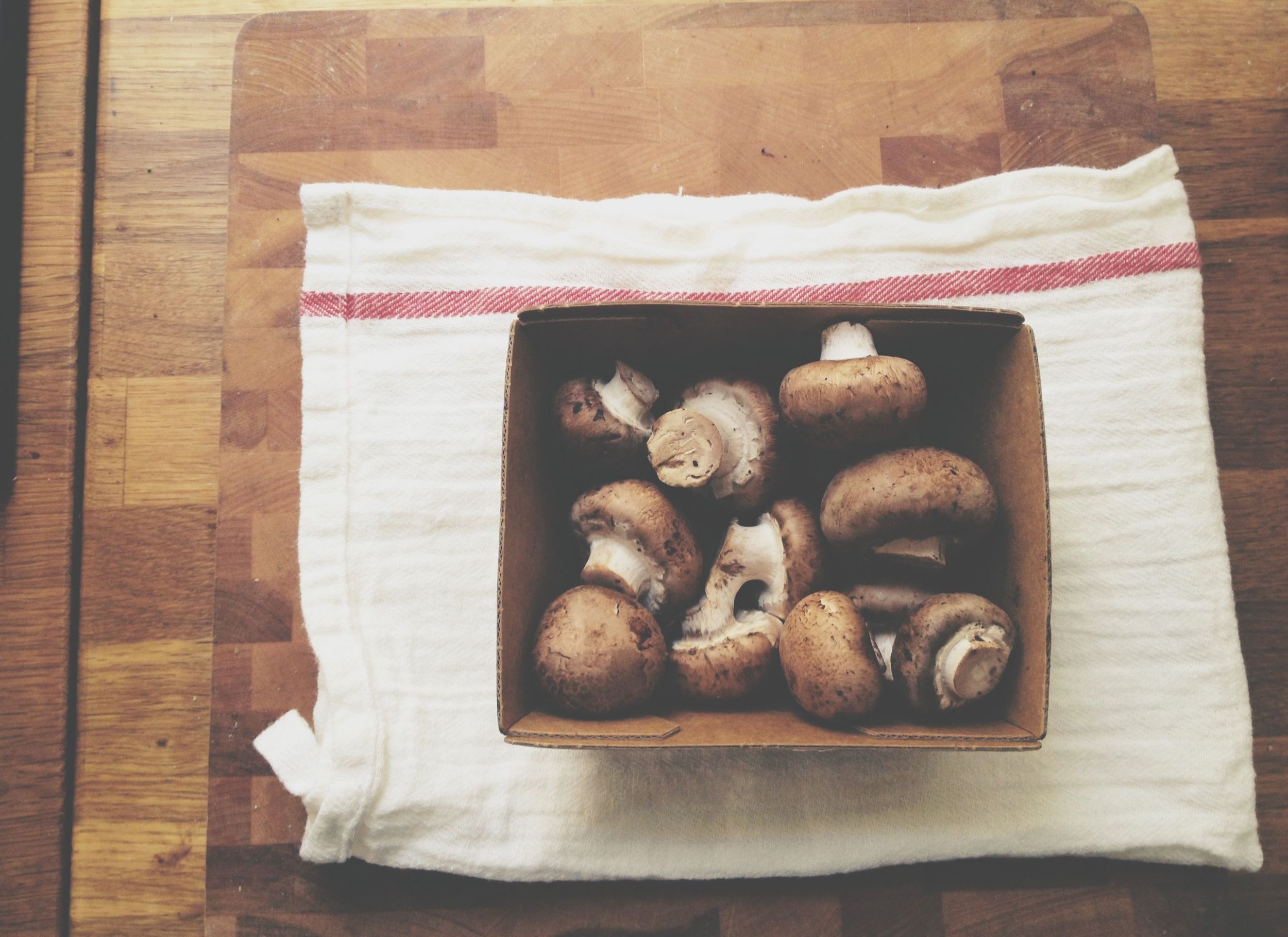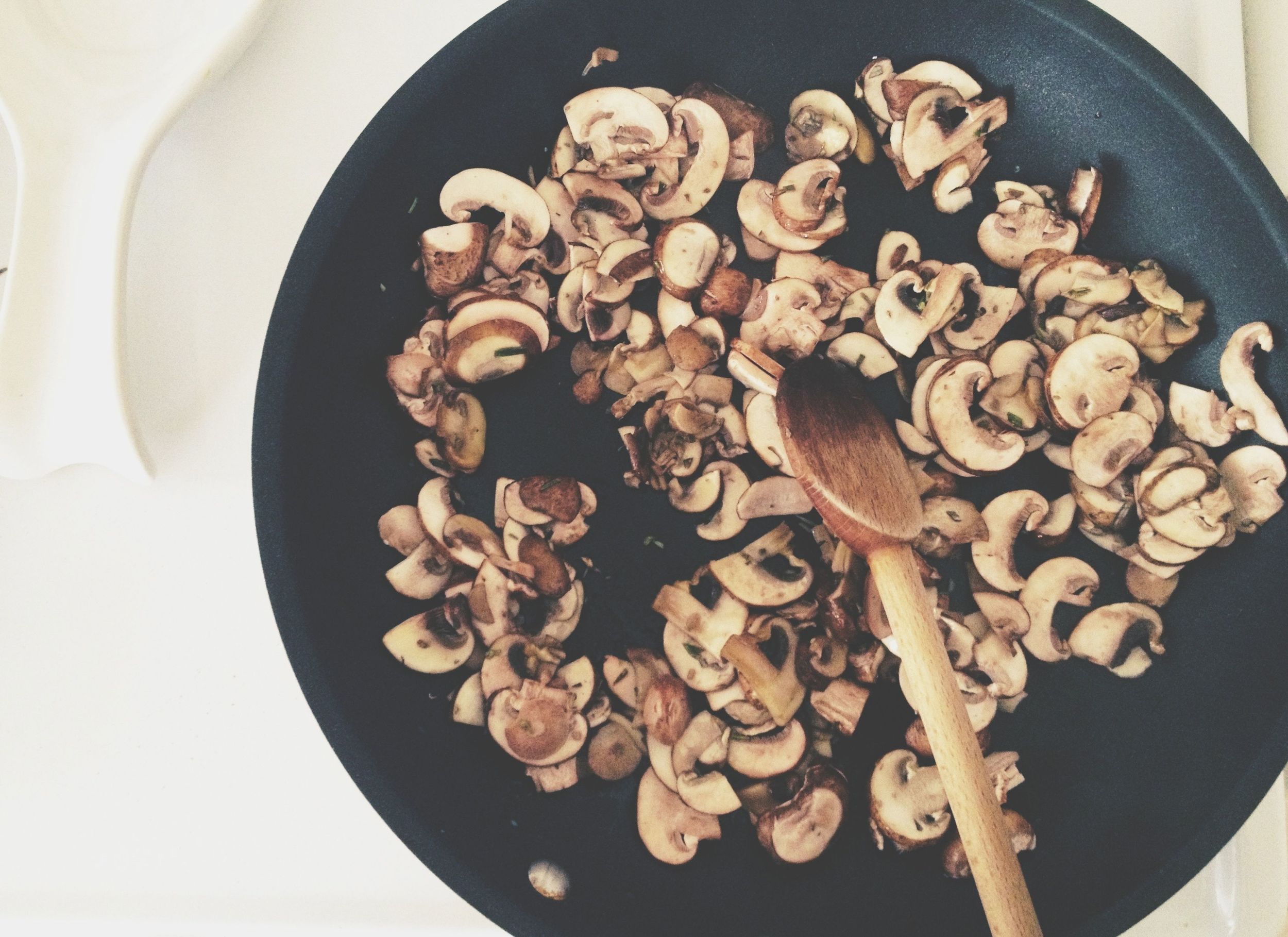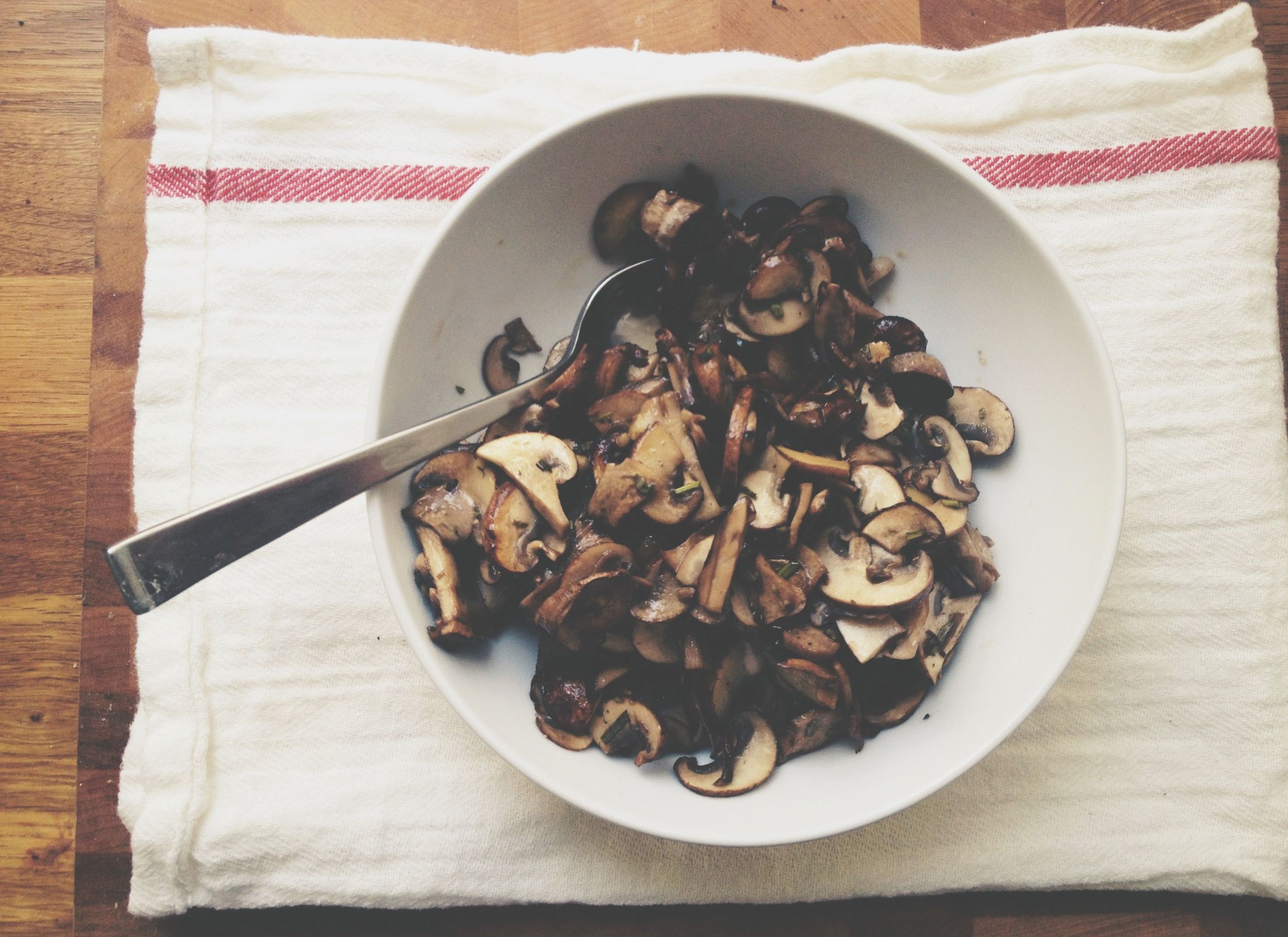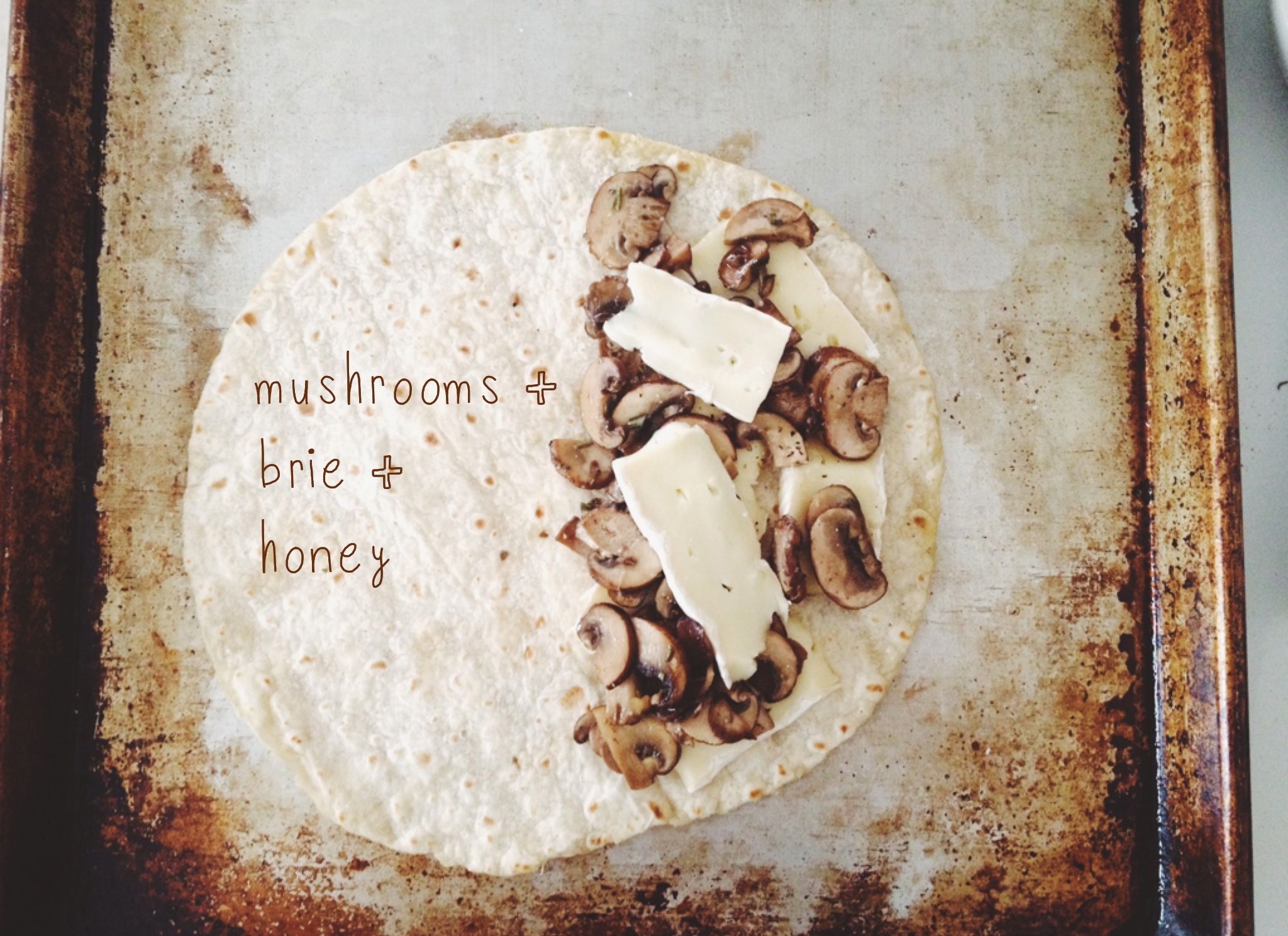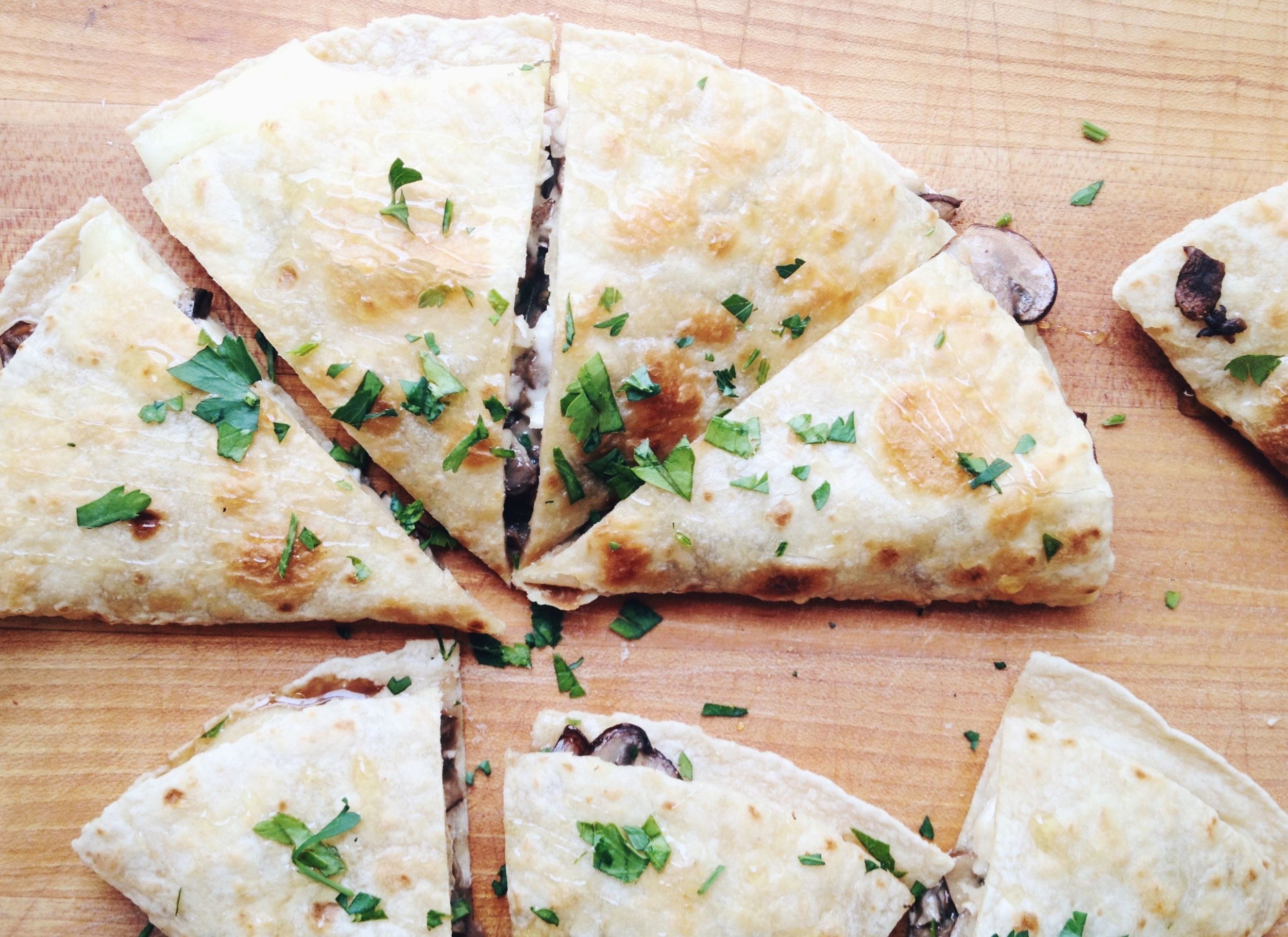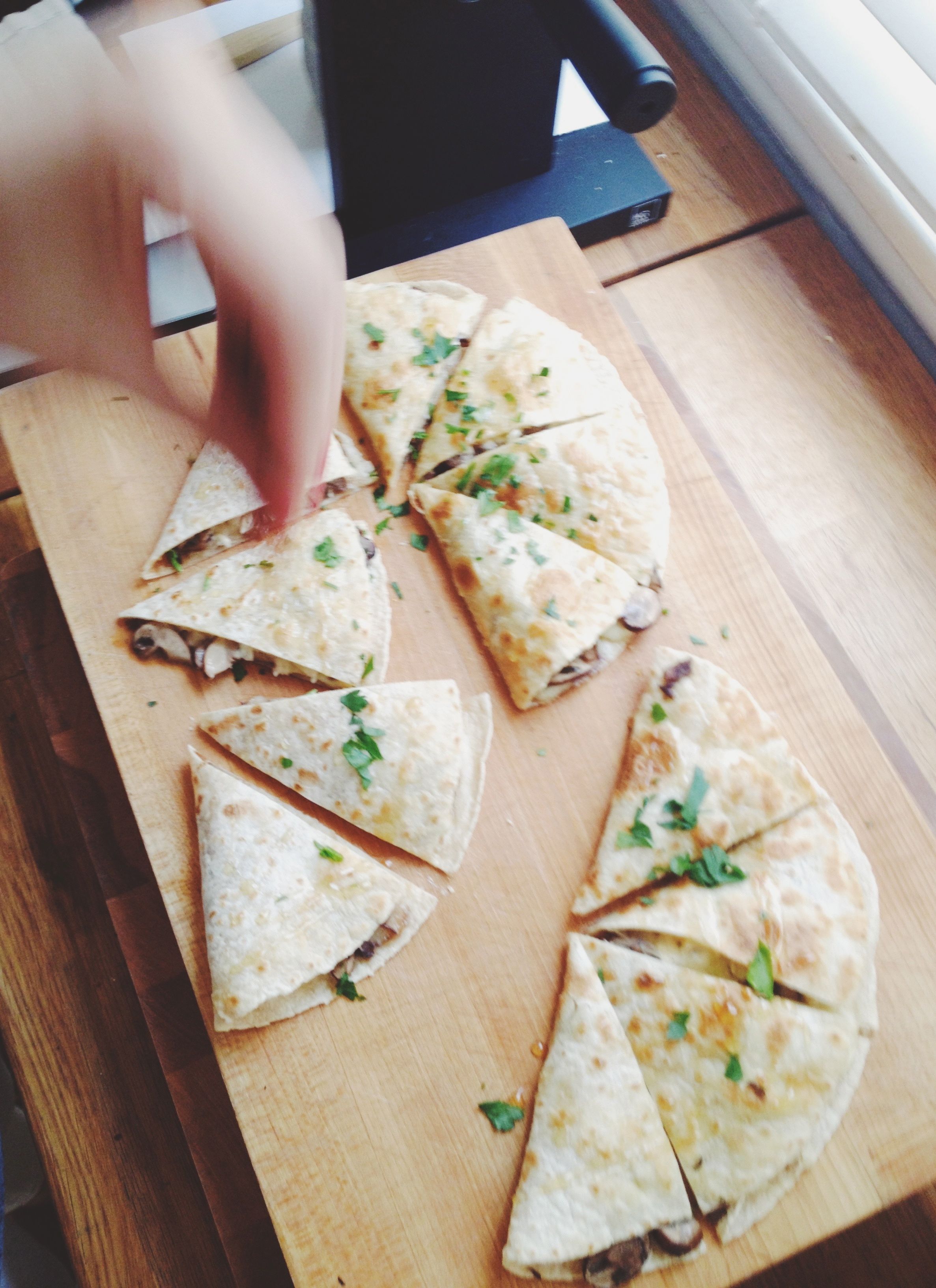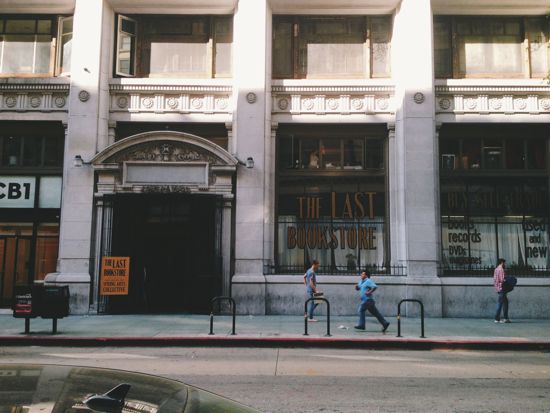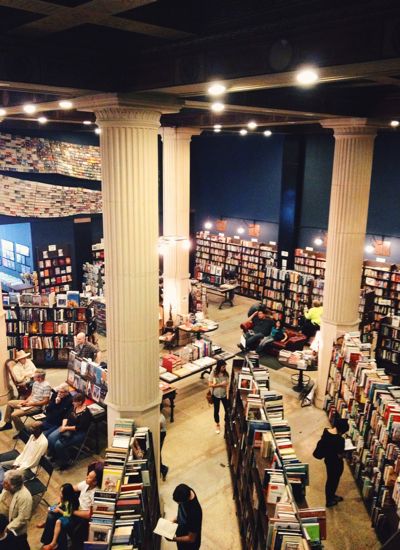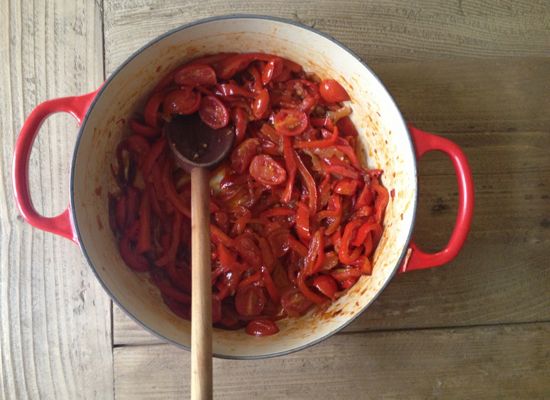I've written this blog for a year and a half without so much a word about my own poetry, and there's a good reason for that, a simple reason. I stopped writing it.
I'll spare some of the minutia, but shortly after my chapbook, Migration, was published in 2009 (it won the annual contest from Flyway: A Journal of Writing and Environment), my writing experienced a tectonic shift from poetry to food. That shift is partially responsible for leading me here today, confirming once and for all that there is a reason for everything.
When I started Eat This Poem, my soul longed for poetry again. Not the writing of it myself (at least not yet), but the reading and enjoyment of it. The power. I've always believed that when the time was right, when enough poetry made its way through my veins like a daily dose of Vitamin D, I would put pen to paper again. I haven't gotten there yet. Right now it's just fragments, a line or two now and then, or maybe a draft of a poem that needs some attention, but nothing whole.
Maybe sharing today's poem will help start me down that path again. As an Eat This Poem offering, I have "Looking for Melville Winery," from the aforementioned chapbook. Re-reading this poem five years later is like being thrust back in time. I wrote this after our first visit to Melville in the Santa Ynez Valley, a winery my husband and I are now club members of.
The first time you make the drive off highway 246 towards Lompoc, you'll think you passed the winery entirely. The road is a long stretch, about 10 miles, and you might doubt your directions, or in our case, make a wrong turn and find yourself in the driveway of a farm, watching horses. (We were also using a real paper map, not our iPhones.)
We called for directions and eventually arrived. As the poem describes, everything about the place was inviting. The vines were golden, the tasting room Dijon mustard yellow, and when the sun set, it cast a blanket of warmth over trees.
Looking for Melville Winery
by Nicole Gulotta
The tasting room is honey, Mediterranean
stucco, vines the color of a coriander seed.
Small rocks split under the pressure of our tires
as we roll toward the tasting room.
I press our map against the dash, watch wind
waft through the drape of a horses
tail.
The world of this animal—nothing to do but gallop
into the shade of an oak
this gentle morning.
Poem first appeared in the chapbook, Migration, published by Iowa State University Press. Reprinted with author's permission.
During the first pick-up party for our wine shipment in January 2012, Melville hosted club members in the barrel room, and in addition to serving library wines (poured by Mr. Melville himself), the catering team passed around truffled French fries and quesadillas filled with mushrooms and drizzled with local honey. I never forgot it.
When I pulled my chapbook from the shelf and lingered on this poem, I was surprised to have used the word "honey" to describe the tasting room approximately four years before honey would appear in an appetizer there. When I wrote this poem, Melville's wine club hadn't even been established yet.
It just means the world goes 'round, and hopefully you'll be able to look back and see the course, know it led you in the right direction. This need not last for days. We just need a long pause now and then, to take a deep breath and remember that every choice made built upon another like a ladder, and one day we'll emerge from the hanging and the climbing, the effort of it all, and just stand at the top of the hillside for a brief moment, full of nothing but peace and satisfaction.
Mushroom Quesadillas with Brie and Honey
Spelt tortillas have become a favorite of ours, but use any tortilla you'd like. Normally, I cook quesadillas on the stove top, but I find that browning the tortillas, then melting the cheese in the oven helps get a nice assembly line going, and everything finishes at the same time.
Makes 4
Extra virgin olive oil
1 package cremini mushrooms (about 8 ounces)
1/2 teaspoon rosemary, minced
Salt and pepper
4 tortillas (fajita size)
8 ounces brie, thinly sliced
Warm honey, for drizzling
Parsley, for garnish
Preheat oven to 300 degrees and have a sheet pan ready.
Heat 2 tablespoons of olive oil over a medium low flame. While the oil warms, thinly slice the mushrooms and add them to the pan as you go. Stir, season with salt and pepper, and cook for 5 to 7 minutes, until tender and golden. Scrape into a bowl.
Heat a bit more olive oil and brown the tortillas on one side only, then place them on the sheet pan. Now you can assemble. On each tortilla, place 4-5 slices of brie on one side, followed by a couple of spoonfuls of mushrooms, then a few more slices of brie. Sprinkle with salt and pepper before folding the other half of the tortilla over the top. Bake for 10 to 12 minutes, or until the brie is melted. Before slicing and serving, drizzle the quesadillas with honey and parsley (if using).
